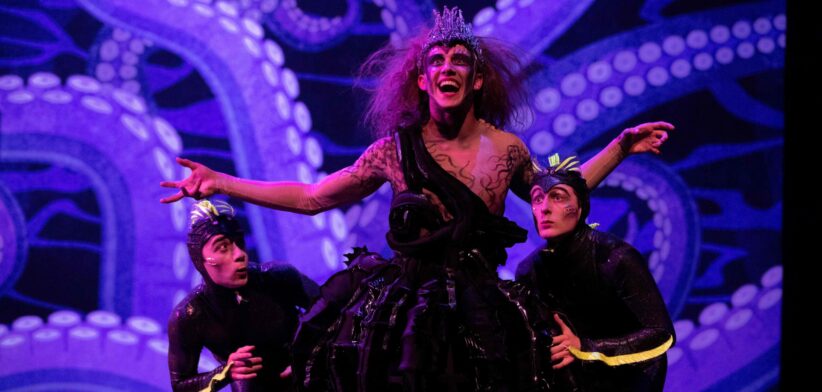Brisbane’s Arts scene has bounced back from its COVID-induced doldrums, as a new report reveals a more buoyant and diversified inner-city.
The Committee for Brisbane’s annual Inner City Vitality Report, released today, revealed the majority of industry sectors and economic indicators for the area were heading in the right direction.
CEO Jen Williams said the inner-city added $32.5 billion in economic value in 2024, reinforcing the importance of the capital city to the broader Queensland economy.
Ms Williams said for the first time, the report, which traditionally includes information on the Office, Retail, Residential, Tourism & Hospitality and Education sectors, looked at two additional areas of Health and Arts & Culture.
She said the data showed there had been steady growth in the Health sector, which was not as impacted by the pandemic as many other sectors of the city’s economy.
“Arts & Culture on the other hand, which was significantly impacted through COVID, has bounced back in the past year to near pre-COVID record highs.
“Notwithstanding the closures of high-profile venues in Fortitude Valley and the introduction of a Night Life Economy Commissioner to drive activity after dark, Arts & Culture is emerging as a major contributor to employment and activity in the inner-city.”
Ms Williams said in the past year, over 6.2 million people attended events in the inner-city.
“With inner-Brisbane’s Arts & Cultural institutions servicing a state population of circa 5.5 million, this equates to every person in Queensland attending at least one event in the past year alone.”
Ms Williams said the report showed a strong performance in the office market had supported the rebound of the inner-city’s economy.
“New business registrations are up, vacancy rates are down, and new developments are appearing on the skyline.
“The office market alone houses over 120,000 full and part time workers across a range of industries. Couple this with workers across sectors such as health (33,000), education (13,000) and retail (21,000), and you’re looking at a population larger than Cairns who work in just three sectors of the inner-city precincts featured in the report.”
She said given the traditional dominance of the worker population, the inner-city was often dismissed as a centre of business, rather than a centre of activity.
“What the report shows is that Brisbane’s inner-city is increasing its economic diversity beyond traditional sectors, ultimately building its overall vibrancy and resilience.”
Ms Williams said residential development continued to prove challenging over the past year, however the inner-city’s residential population had increased, vacancies remained low, and there was a strong pipeline of approvals ready to be acted on.
She said retail also remained under pressure, but there were bright spots across the inner-city’s different precincts.
“Across the board, Brisbane’s inner-city continues to build strength and momentum as we head towards the critical milestone of 2032. “
Download the report: Committee for Brisbane_Inner City Vitality Report 2024








